Description
Name of the product: 2017 “Wo Long” Gushu Raw Puer (Lit. hidden dragon)
Year: 2017
Producer: Zhi De Hong Chang Tea Factory
Material: Old Arbor Tea trees located at an altitude of 1600-1900 m ASL
Harvest: spring.
Area: Mangang Village, Lincang
Weight: 357 grams
(2017 “Wo Long” Gushu Raw Puer (Lit. hidden dragon)
Each tong has seven cakes and comes in traditional bamboo wrapping (a total of 2.5 kg per tong)
The producer
The factory that produces this tea is a local Yunnan boutique brand.
The founder, Mr Zhang Guangyi, has been in the Puer tea industry for 20 years. He has continuously refined the quality of his teas during this time. And his efforts pay off because the result is top-quality tea.
About Mangang tea
There is a secret realm hidden in the mountains of Lincang, which is called Mangang. In the Dai language called 石头上的寨子 (Lit. the village on the stone), is located in Bangdong Township, Linxiang District, Lincang prefecture-level city. Here there are many primitive forests, and there is a considerable amount of ancient tea trees. Mangang Tea Area locates at an altitude of 1.400 to 1.900 meters.
Mangang is situated deep in the mountains. Many tea trees in Mangang grow in crevices of stones.
The Tea
The picked tea leaves consist of one bud, two and three leaves.
The tea material comes from wild ancient tea trees about 300-500 years old, according to the producer that is. There is a tendency in the tea industry to add years to the age of tea trees for marketing purposes. So in some cases, it is hard to verify such claims. That said, this tea has Gushu material for sure, and you will feel it while drinking it.
The tea was sun-dried, stone pressed using traditional methods.
My brewing Parameters at the time of writing: 6.5g in a 100 ml Gaiwan. I brewed this one 15 times it had more fuel to keep going with at least one or two more infusions.
The tea is stable throughout the infusions. It also has low bitterness (unless you push it) and medium astringency.
As with any high-quality Gushu, it gets sweeter after each infusion ( after the 4th or 5th infusion up to the end). The low bitterness transforms very quickly into sweetness. The tea causes one to produce plenty of salivation at the sides of the tongue.
The mouthfeel feels creamier than the 2020’s version. It gives that feeling of filling the mouth cavity.
The tea has a very intense flavour and cooling feeling in the mouth, perhaps less cooling than 2020’s tea. It has some buttery, flowery notes. But these flower notes are much stronger and more honey-like than the 2020’s version. And the taste is not as green as the 2020’s one that still has that particular green taste of super young Puer. That’s why I decided to include the 2017’s version of the same tea. Although, it has similar characteristics in terms of body sensations, etc. The flavour profile is very different from its successor. It is always interesting to compare teas.
As with its younger sibling, the Cha Qi is strong on this tea, comfortably warming and also stimulating but in a pleasant way.
The tea liquor in this one is more goldish than in the 2020’s version.
Note: The tea material in this tea cake and place of production is the same as that of 2020. The picture of the wrapper is from the 2020 version. However, the difference is that this one is not certified organic like the one from 2020 and it doesn’t have the OTRDC sticker. So the tea description is the same as the one from 2020. In the description, I marked in bold the difference in tasting notes compared to the 2020’s version. For convenience, the pictures of the dry tea leaves, wrapper and tea cake belong to the 2020’s version.
Additional information
| Weight | N/A |
|---|---|
| Weight | 15 grams sample, 1 cake (357 grams) |
Reviews (0)
Only logged in customers who have purchased this product may leave a review.
Related products
Aged Puer
Zhi De Hong Chang Tea Factory
Puer tea factories
Raw Puer
Raw Puer
Puer tea factories
Aged Puer
Aged Puer

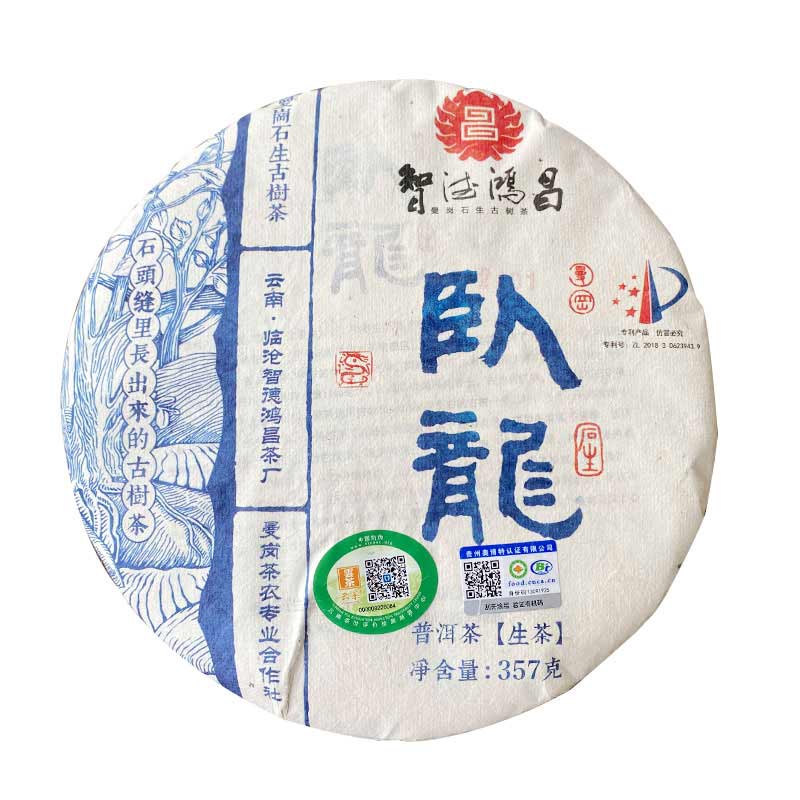
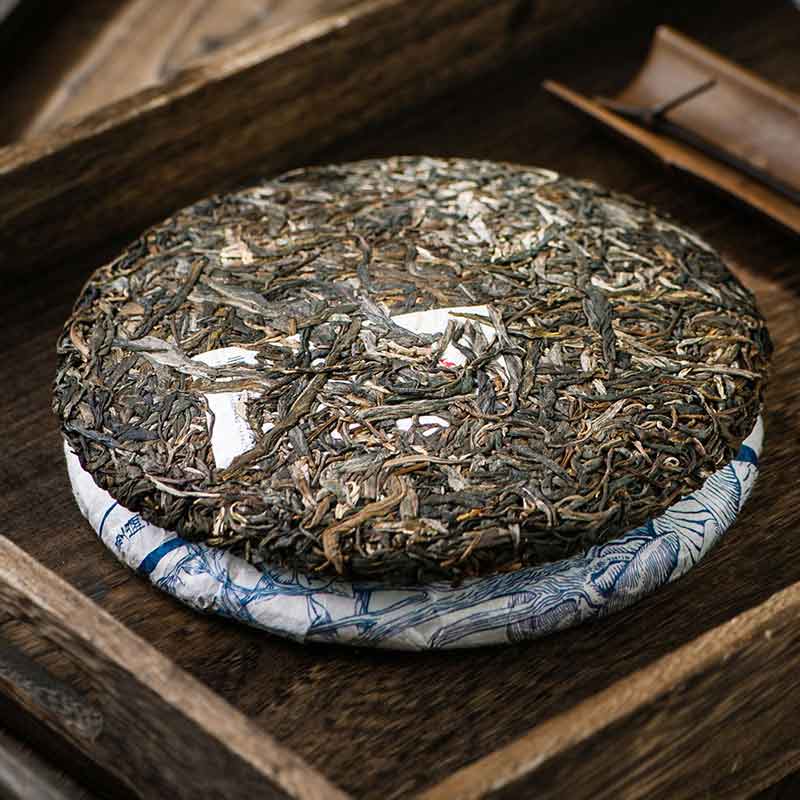


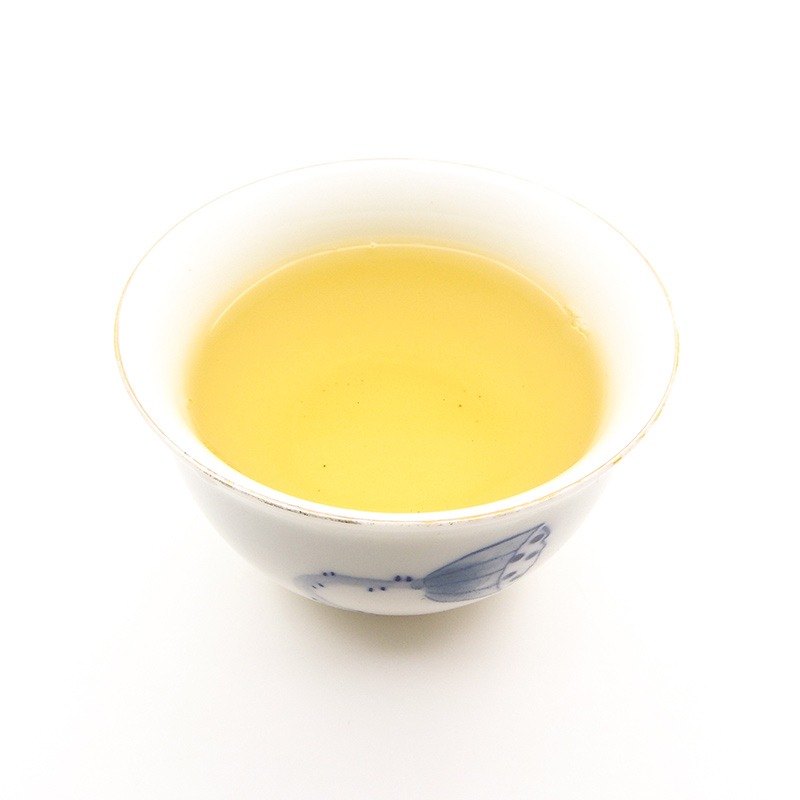


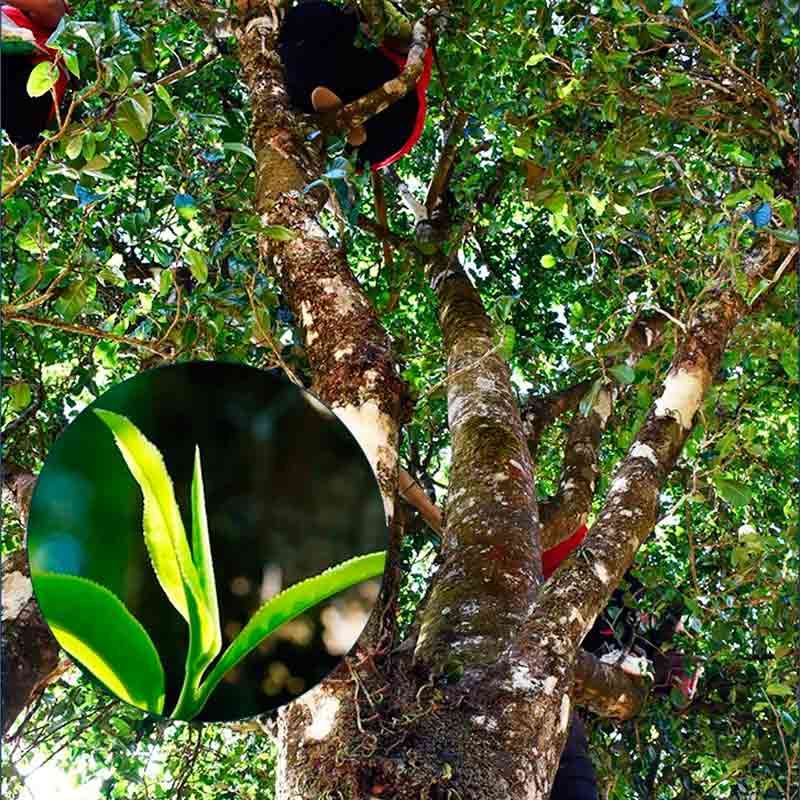
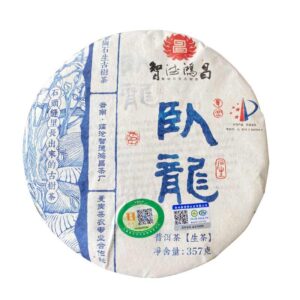
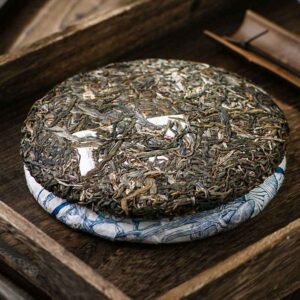
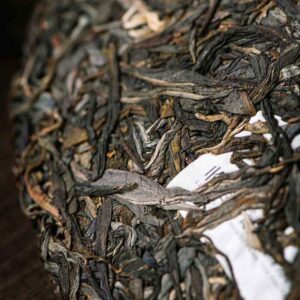
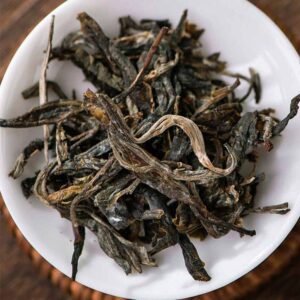
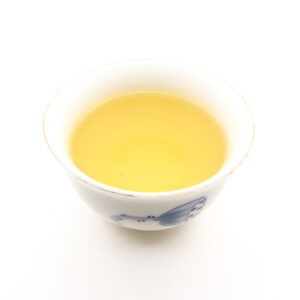
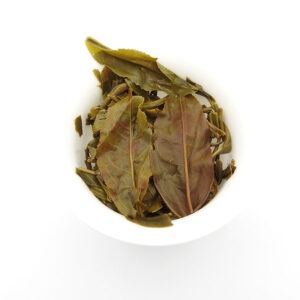
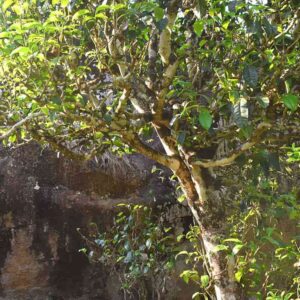

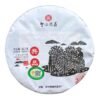
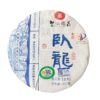
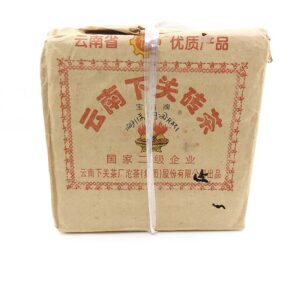

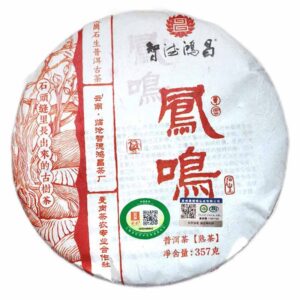
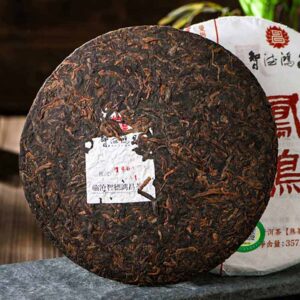
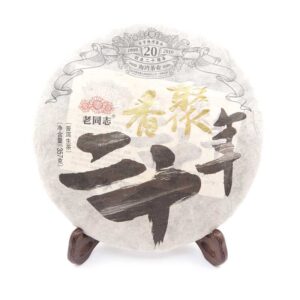

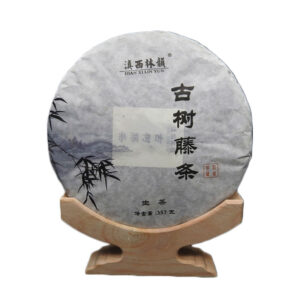
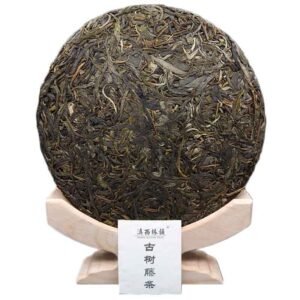
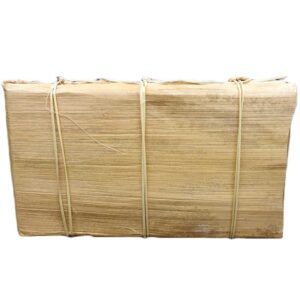
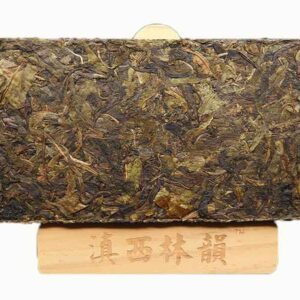
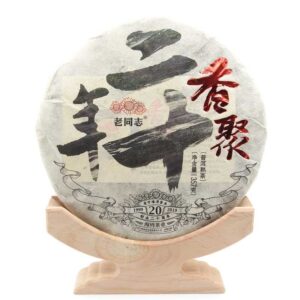
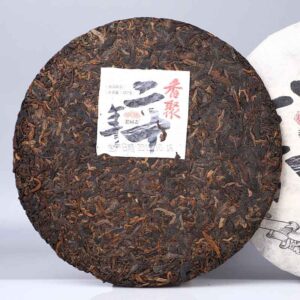
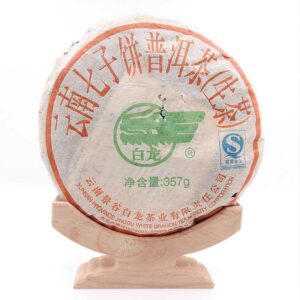
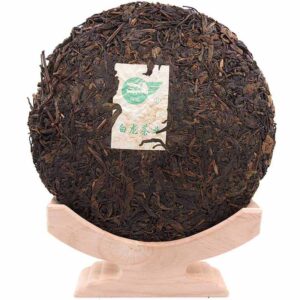
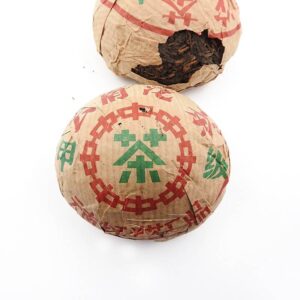
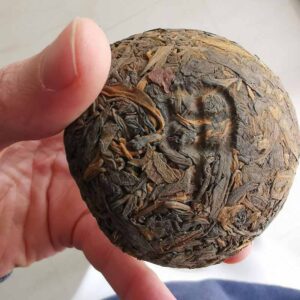
Reviews
There are no reviews yet.